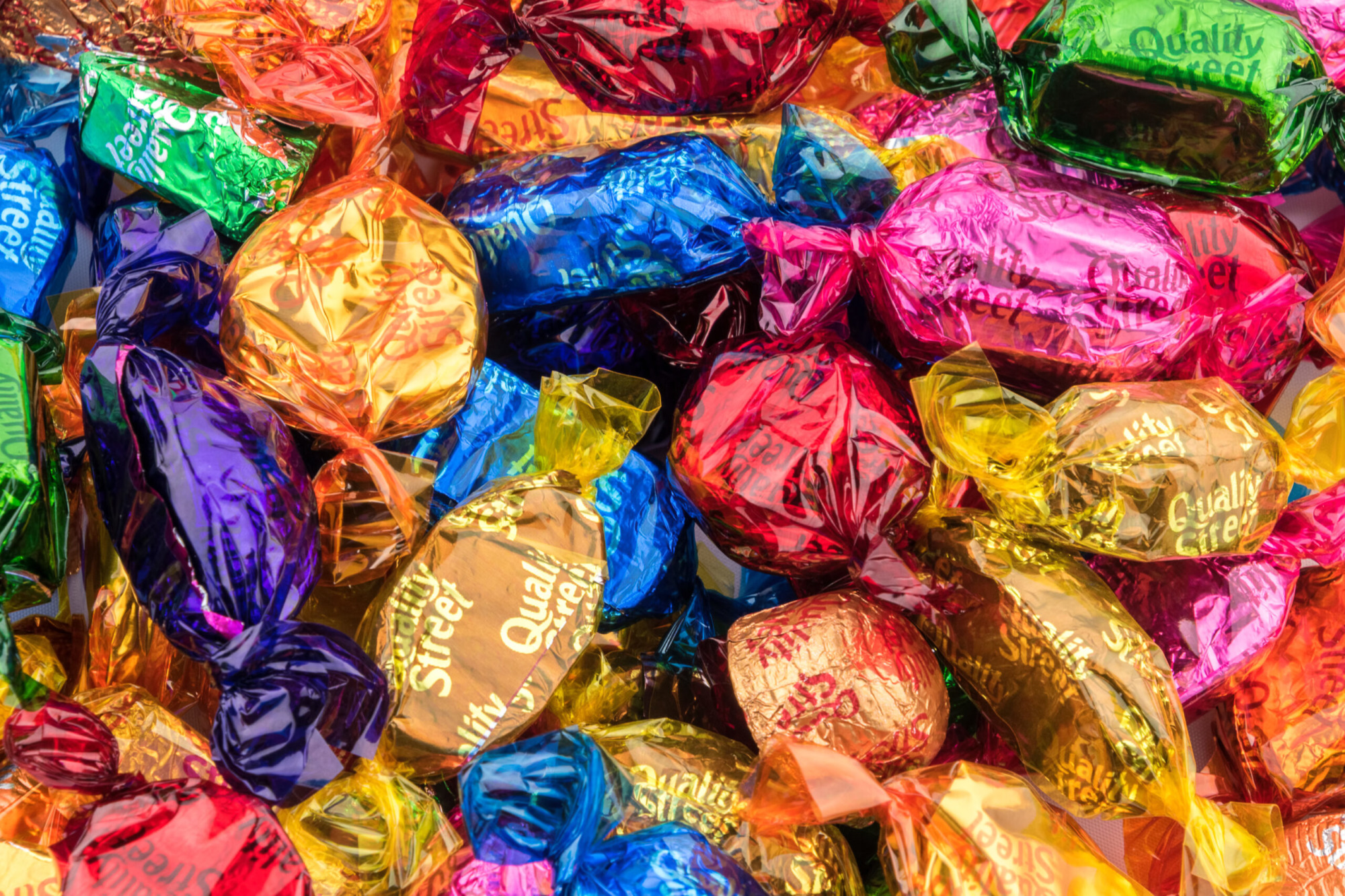Nestlé is introducing FSC-certified paper packaging for the twist-wrapped candies of its Quality Street confectionery brand. The switch is expected to remove nearly 2.5 billion pieces of previously used double-Candy-wrapper from the supply chain worldwide. Most importantly, the move will make all of the brand’s twist-wrap packaging recyclable. The switch to paper was complex and costly. This shows how strong the pressure is to substitute plastic and take steps towards recyclability. In this respect, the future is an open book…
When “Quality Street” was launched in 1936, the candies were packaged using the world’s first rotary packaging machine. The brand thus set a sign and new standards for the way candies were packaged and sold.
The traditional range of Quality Street tins consists of nine different types of candy, each individually wrapped. Only two flavors will use their previous foil packaging, as this is made of aluminum and is therefore already recyclable.
The new paper packaging
For the remaining seven candy types, Nestlé has introduced recyclable, FSC-certified twist-wrap paper packaging. The fiber material has a vegetable-based coating developed by Nestlé’s Confectionery Research and Development Center in the United Kingdom and the Nestlé Institute of Packaging Science in Switzerland. Despite the coating, the candy wrappers can be disposed of and recycled in the waste paper stream.
The complexity
Until now, the seven flavors were double-packed in one layer of cellulose and one layer of plastic film. The changeover from such a combined solution to paper is in itself a complex undertaking, not least because product protection and convenience must be maintained.
The effort involved is correspondingly high and, in the case of Quality Street, required the development of new materials or coating technologies, printing techniques and, finally, the adaptation of existing machinery and equipment.
The eco bonus
By switching from double foil and pulp to recyclable paper packaging, Nestlé says it will remove nearly 2.5 billion pieces of packaging material from its supply chain worldwide. It will also enable the company to further reduce its use of plastics. However, the packaging switch will make its central contribution to Nestlé’s goal of making 100 percent of its packaging recyclable by 2025.
Old truths and frontrunners
The trend towards replacing plastic with paper is unbroken, as is the momentum in developing packaging solutions that are suitable for recycling. The example of Quality Street clearly shows how strong the pressure is. For here, a lot of effort had to be expended and a lot of complexity mastered.
For plastic, closing the loop is a race. As long as this finish line is not crossed, the substitution of plastic by other packaging materials will continue – with a focus on paper. The future is an open book in this regard. Packaging such as trays and cups are frontrunners here, just like the confectionery segment.

